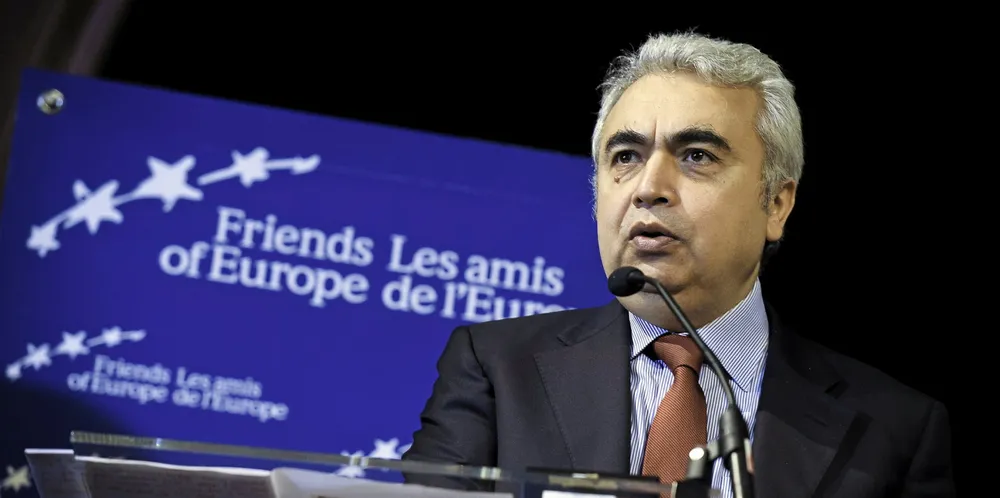China's 'extraordinary' growth keeps COP28 triple-renewables goal in reach: IEA
China accounts for almost 60% of new renewables expected to come online by 2028, report finds

China accounts for almost 60% of new renewables expected to come online by 2028, report finds
